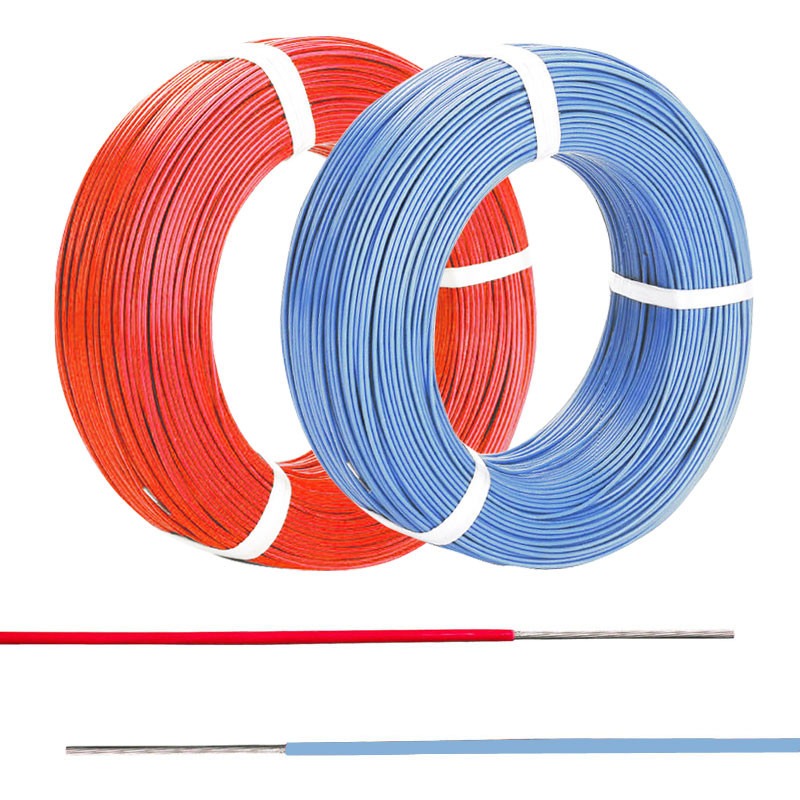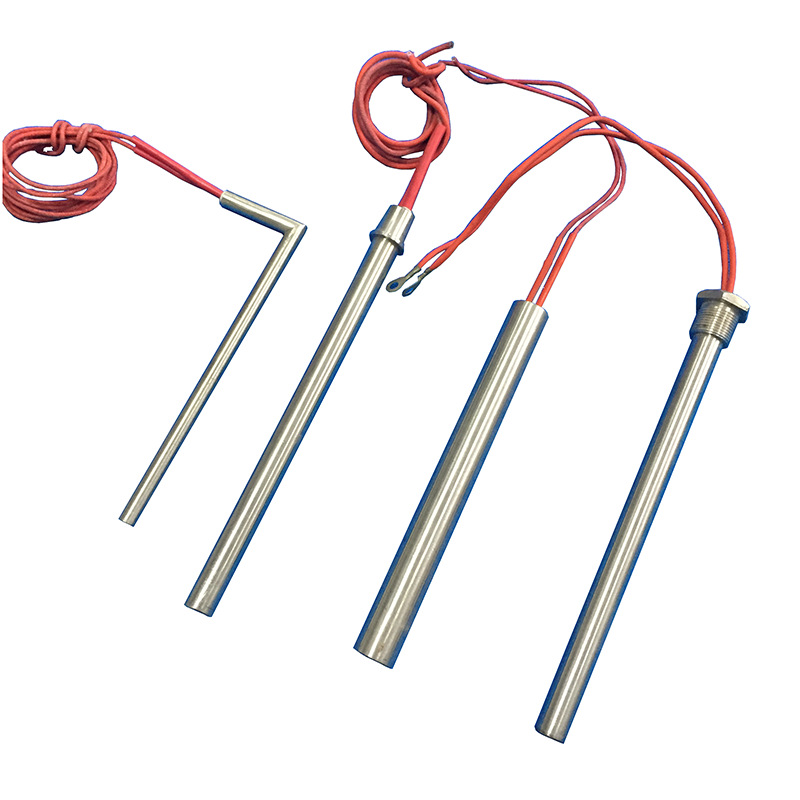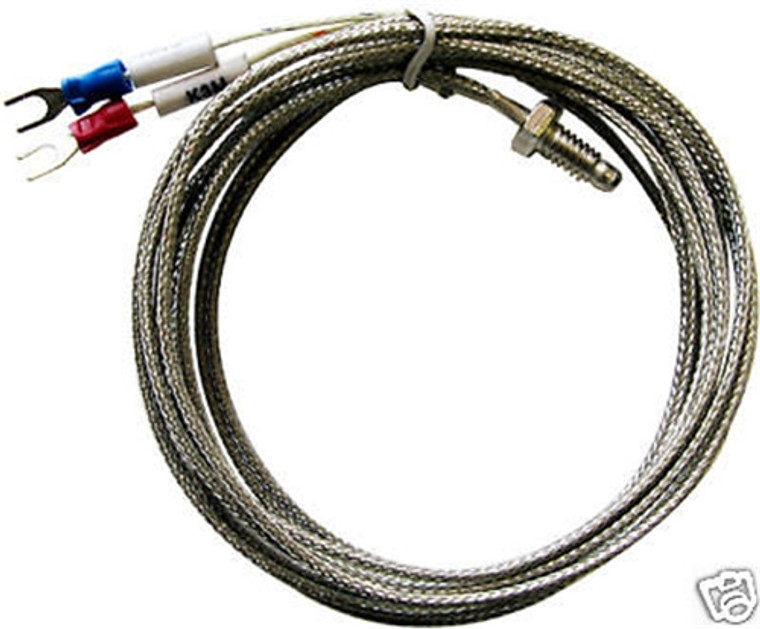The industrial sector demands reliable and robust components, especially in extreme temperature settings. One crucial element that powers this reliability is the high temperature cable. From manufacturing to aerospace, high-temperature cables are essential for maintaining safety, efficiency, and durability in rigorous conditions.
In this article, we’ll uncover the top reasons why a high temperature cable is indispensable for industry, supported by the latest data and insights.
1. Superior Heat Resistance Ensures Safety and Reliability
One of the primary benefits of using high temperature cable in industrial settings is its ability to withstand extreme heat while maintaining safe and reliable operation. In environments where temperatures regularly exceed 250°C (482°F), regular cables would degrade or fail, posing severe safety risks. High-temperature cables, however, are engineered for these conditions, making them indispensable for high-stress applications:
- Enhanced Safety: High-temperature cables prevent fires and system failures by maintaining insulation integrity in high-heat environments. Industries like steel production and oil refineries rely on these cables to prevent accidents caused by cable breakdown.
- Reliable Operation: Even at peak loads, these cables don’t overheat or degrade, ensuring continuous and safe operations. A study by Grand View Research reports that the global high-temperature cable market is projected to grow at a CAGR of 4.1% from 2023 to 2030, driven largely by the demand for fire-resistant solutions in industrial settings.
For facilities operating around-the-clock, high-temperature cables are a critical investment that pays off in both safety and performance.
2. Exceptional Durability Reduces Maintenance Costs
Industrial applications demand cables that can withstand not only heat but also wear, abrasion, and exposure to chemicals. High-temperature cables meet these demands with durable materials such as silicone, fiberglass, and PTFE insulation:
- Extended Cable Lifespan: High-temperature cables offer increased resistance to wear and tear, extending the lifespan of the wiring systems. This reduces the frequency and costs associated with replacements.
- Low Maintenance: Industries can expect reduced downtime due to cable failures. In fact, maintenance teams report an average reduction of 25% in cable-related issues after switching to high-temperature cables, according to data from market research firm Mordor Intelligence.
For industries like automotive manufacturing and food processing, where high temperatures and heavy machinery wear down equipment, these cables provide a cost-effective and low-maintenance solution.
3. Versatile Applications Across Multiple Sectors
High-temperature cables are widely adaptable and are used in various industrial sectors due to their flexibility and compatibility with different environments. Here are a few examples of how these cables benefit specific industries:
- Aerospace: With extreme conditions in aircraft and spacecraft, high-temperature cables are necessary to ensure electrical systems remain functional even during intense heat and pressure.
- Petrochemical Industry: Refineries and chemical plants need cables that withstand both high temperatures and exposure to corrosive substances. High-temperature cables provide both qualities, protecting critical equipment and reducing environmental risks.
- Renewable Energy: In solar power plants, high-temperature cables are essential for handling elevated temperatures in PV systems, allowing consistent energy transfer without degradation.
These diverse applications highlight how high-temperature cables are tailored to meet specific industrial needs, making them vital in maintaining operational efficiency and worker safety.
Advantages of Using High Temperature Cables in Industry
In summary, high-temperature cables provide numerous advantages, including:
- Enhanced Safety: Reduce risks of fire and insulation failure.
- Cost-Effectiveness: Lower maintenance and replacement costs.
- Broad Applicability: Suitable for diverse and high-demand sectors.
Final Thoughts
Investing in high temperature cable solutions is more than just meeting industry standards—it’s about securing reliable and durable connections that enhance productivity and safety across sectors. For any industrial operation facing extreme conditions, high-temperature cables prove essential to maintaining efficiency and minimizing risks.














